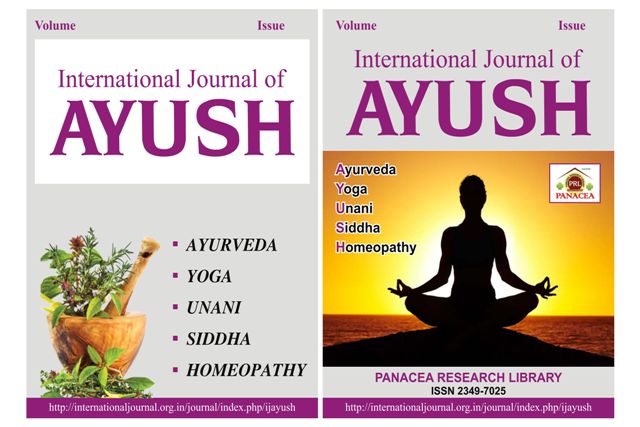EXPLORING MATERNAL PHYSIOLOGICAL TRANSITIONS: AN ANALYTICAL STUDY FROM GARBHADHAN TO SUTIKA KAAL
DOI:
https://doi.org/10.22159/prl.ijayush.v14i09.1536Keywords:
Garbhadhan; Sutika Kaal; Maternal Physiology; Ayurveda; Shloka; Dosha; Dhatu; Postpartum; Pregnancy; OjasAbstract
Motherhood is a profound physiological and psychosocial journey extending from conception (Garbhadhan) through childbirth and into the postpartum period (Sutika Kaal). This article presents an integrated analytic review of maternal physiological transitions during this continuum, bridging classical Ayurvedic frameworks and contemporary biomedical understanding. Ayurvedic concepts such as tridosha balance, dhatu transformation, and ojas preservation are juxtaposed with modern descriptions of endocrine modulation, hemodynamic adaptation, metabolic shifts, immune tolerance, and neurobehavioral changes. Relevant classical shlokas are included in Devanagari with transliteration and brief explanation to situate traditional guidance within clinical contexts. Literature-based summaries illustrate common maternal conditions such as nausea and vomiting in pregnancy, postpartum vata aggravation, lactation establishment, and immunological vulnerability. By synthesizing both knowledge systems, the article highlights actionable considerations for holistic maternal care, including nutritional measures, dosha-appropriate regimens, and evidence-based obstetric practices aimed at optimizing maternal and neonatal outcomes.



